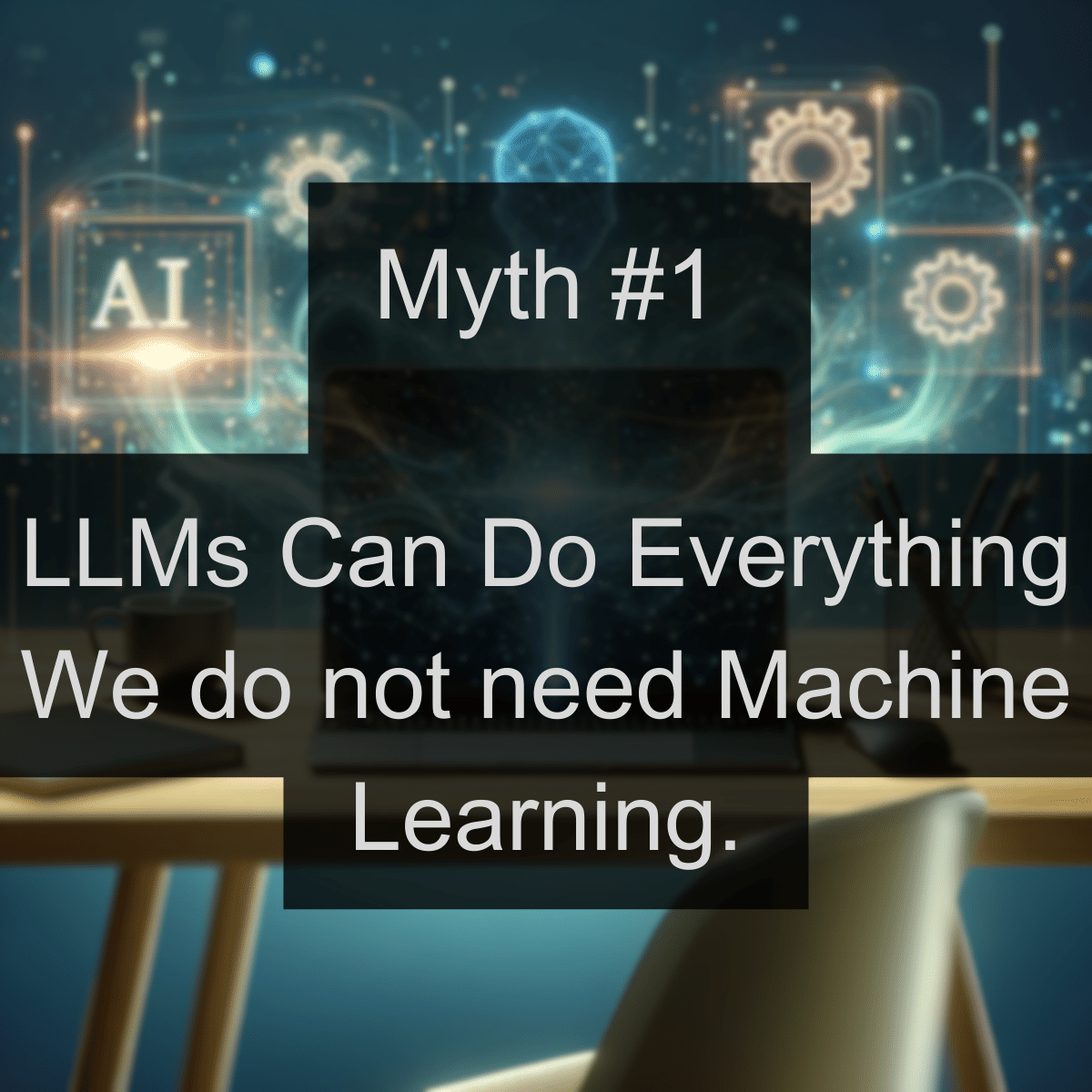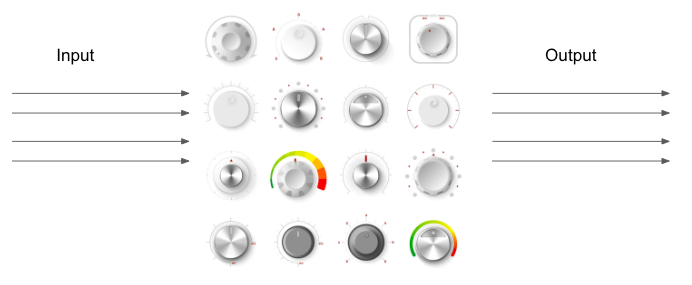
Welcome to the kickoff of our new blog series dedicated to demystifying common misconceptions surrounding Language Models (LLMs) and generative Artificial Intelligence (AI). In this series, we aim to explore prevalent myths, clarify misunderstandings, and shed light on the nuanced realities of working with these cutting-edge technologies.
In recent years, LLMs like GPT-3, Gemini, LLama 3 have garnered significant attention for their impressive capabilities in natural language processing. However, with this growing interest comes a wave of misconceptions about what LLMs can and cannot do, often overlooking the vital role of traditional machine learning techniques in AI development.
Myth 1: LLMs Can Do Everything – We do not need Machine Learning.
In the rapidly evolving landscape of artificial intelligence (AI), there’s a prevalent myth that Large Language Models (LLMs) can autonomously handle all tasks, rendering traditional machine learning irrelevant. This oversimplified view is akin to saying, “If I have a hammer, everything must be a nail.” Let’s delve deeper into why this myth needs debunking.
Continue reading “Myth 1: LLMs Can Do Everything – We do not need Machine Learning.”





